
More Helpful Content
Amazon introduced a game-changing service back in 2006 that's been a game-changer for many users when it comes to saving big bucks; that is Fulfillment by Amazon.
The start of Fulfillment by Amazon was a turning point, especially for those in the e-commerce game. According to Statista, a whopping 64% of merchants had jumped on board with the Fulfillment by Amazon model in 2022 and you can bet that number's only going up.
Fulfillment by Amazon is like a secret weapon for many Amazon sellers, but like any tool, you've got to use it wisely.
If you're considering bringing FBA into your business strategy, first things first: sit down, get the lowdown on how it works, and weigh the pros and cons for your business.
This post is here to spill the beans on "What is Fulfillment by Amazon?" and give you the scoop you need.
Fulfillment by Amazon, known as FBA, is a program provided by Amazon that allows you to outsource order fulfillment to Amazon. It is much like having your own behind-the-scenes assistant at Amazon.
FBA provides third-party sellers with a comprehensive solution, managing tasks such as inventory storage, order fulfillment, packaging, shipping, handling returns, and even customer service.
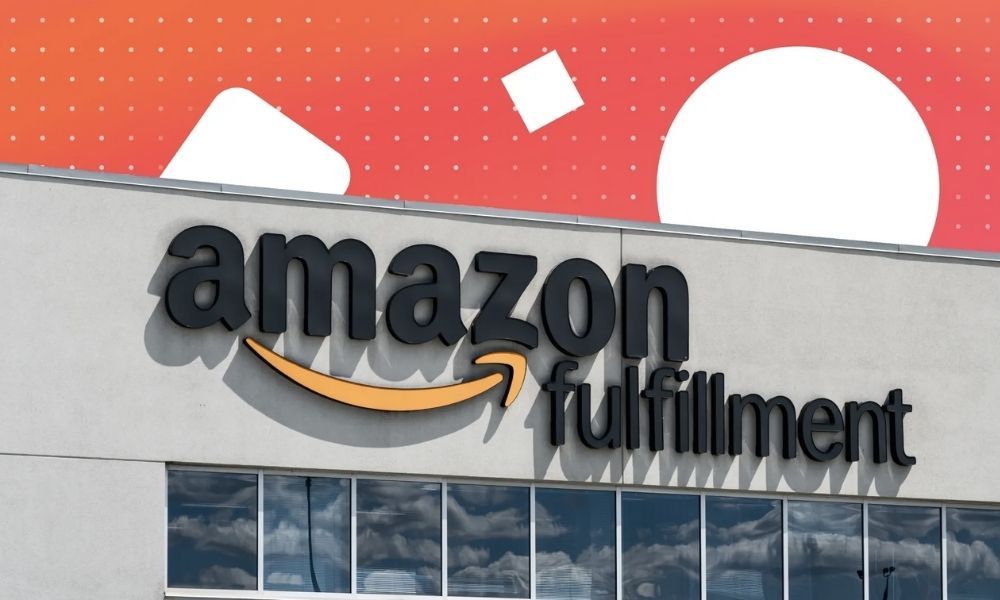
With FBA, sellers get this weight off their shoulders, giving them more room to concentrate on their selling strategies and other aspects of their business.
>> Learn more:
Forget the hassle – Amazon takes care of all the packing, shipping, and customer service. It's like having a personal assistant for your business. This eliminates the need for sellers to manage logistics independently.
As sellers experience growth, FBA seamlessly scales with them. Whether it's handling a surge in orders or adapting to fluctuations in sales volume, FBA ensures that the logistics can match the pace of your business.
FBA products automatically get the shiny Prime member badge. This means customers get free Prime shipping and faster delivery. No extra charges or premium shipping rates, it's all part of the FBA deal.
With FBA, you get a ticket to the “Prime club”. Your products, once they meet FBA standards, become eligible for Prime status.
As of the first quarter in 2023, over 200 million people become a part of Amazon Prime. This opens up avenues for sellers to connect with both new and existing customers actively looking for free expedited shipping, filtering for Prime-eligible items, and often hitting that "Buy" button only when they see that Prime badge shining bright.
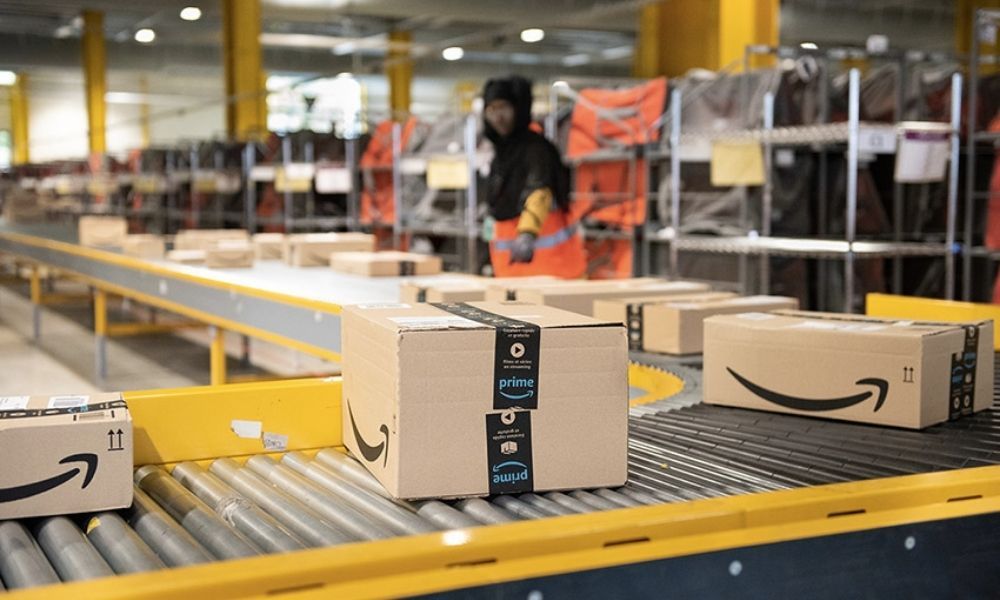
Amazon tends to favor FBA sellers when determining the Buy Box winner, and it makes sense. FBA ensures quicker and more reliable shipping, which aligns with Amazon's commitment to customer satisfaction. The Buy Box algorithm often prioritizes FBA offers over those fulfilled by the seller (Merchant Fulfilled).
Ever noticed the "Add to Cart" or "Buy Now" box on the right-hand side of the product listings? That's the Amazon Buy Box. FBA provides access to the Amazon Buy Box, a critical space for customer conversions, as 83% of Amazon sales go to the company through this feature.
By partnering with Amazon, a leading global fulfillment service, you can enjoy reduced shipping expenses when utilizing the FBA. So, even though there are FBA fees to consider, the overall costs may turn out to be more reasonable than you think, especially when considering the savings on shipping.
Shipping through FBA is, on average, 70% cheaper per unit than premium services from major US carriers similar to FBA. Plus, it comes in at about 30% less per unit compared to their regular shipping options.
Ultimately, it's often a more cost-effective choice than dealing with your own shipping plans and in-house fulfillment.
Amazon has your back around the clock with their 24/7 customer service support. This ensures that FBA sellers and their customers have access to assistance at any time, regardless of their location or time zone.
Plus, you can streamline your customer service needs through the FBA platform, managing everything in one place for easy control.
If there are issues with an order, such as a lost package or a damaged item, Amazon's customer service team works to resolve these issues on behalf of FBA sellers. This helps maintain a positive customer experience and ensures that problems are addressed promptly.
Storing inventory without FBA may be a nightmare if you only have a limited warehouse capacity or cannot efficiently manage inventory and logistics on a large scale.
This is where the Fulfillment by Amazon program comes to the rescue. Amazon sellers gain access to unlimited storage capabilities.
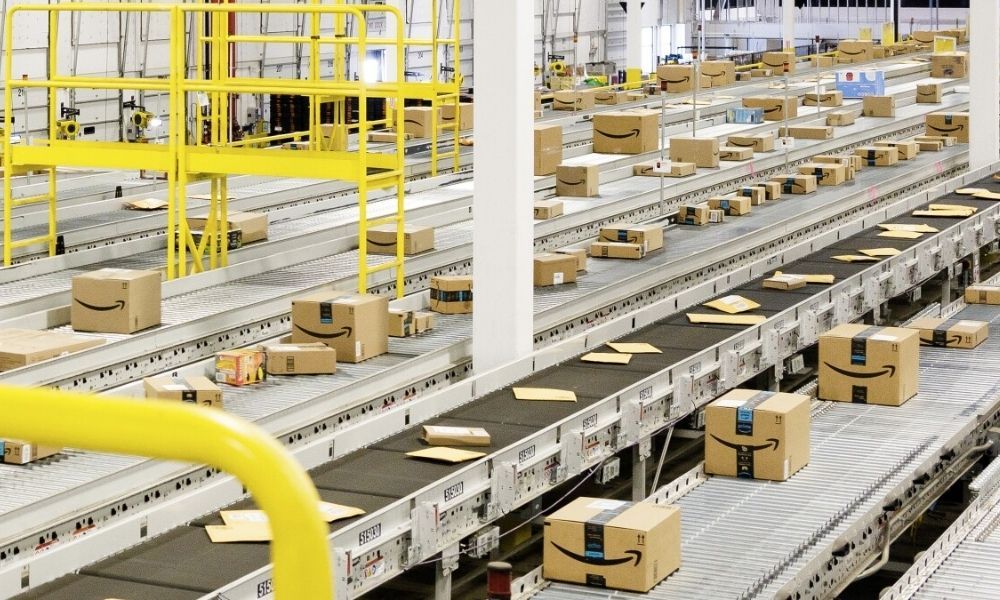
Amazon offers a solution to the storage headaches that sellers might face otherwise. Thanks to its extensive network of 175+ fulfillment centers around the world in 2023, sellers can benefit from virtually unlimited storage space for their goods.
Selling through FBA isn't just about selling to targeted customers on Amazon. It's also a ticket to exploring new channels. Thanks to Amazon Multi-Channel Fulfillment (MCF), you can take your FBA products to platforms like eBay, all while letting Amazon handle the fulfillment side of things.
This flexibility not only broadens your sales horizons but also lets you grow your business and build trust with customers across various channels.
When you go with FBA, your products get the Amazon seal of approval. This adds a layer of quality assurance that most buyers find reassuring, making them more likely to choose a seller with that Amazon backing.
Furthermore, products fulfilled by Amazon often carry an extra dose of trust among customers, thanks to the solid reputation of the Amazon brand. This not only helps sellers win the trust of consumers but also meets their expectations for top-notch customer service and speedy delivery through FBA.
Sure, FBA is handy, but let's talk about money. It comes with a cost, and that might be a deal-breaker for some.
You've got fulfillment and storage fees, and remember those long-term storage fees that can add up fast, especially if you've got slow-moving or oversized products. Sellers also face removal fees for defective, damaged, or unsellable items, along with disposal fees to manage unsellable inventory.
Not to mention, these fees will go up during holiday. 48% of FBA sellers say Amazon's holiday peak fulfillment fee will make their business less profitable.
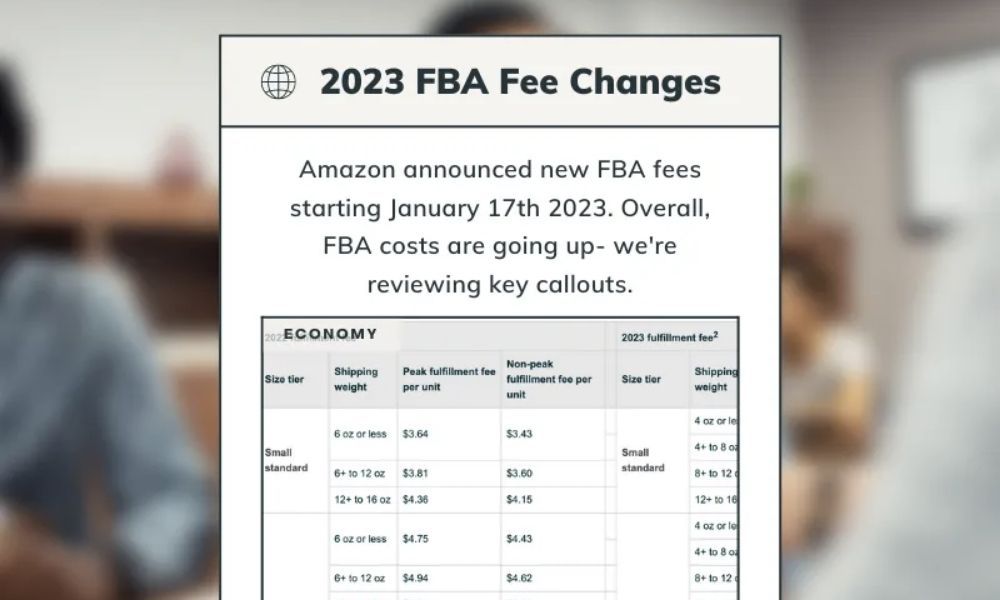
FBA may also not be cost-effective for low-priced items due to the way fees are calculated. For certain sellers, these expenses might outweigh the advantages.
The fees for fulfilling orders, depending on the size and weight of the product, typically amount to around 30-40% of the product price. It's crucial to assess these fees in advance to gauge the profitability before deciding to sell a particular product.
One of the commonly reported issues faced by third-party sellers on Amazon involves the mishandling of inventory.
Sellers often face delays in FBA receiving, causing inventory to be logged late and leading to stockouts. It can take days to weeks for your inventory to get logged into Amazon's fulfillment warehouse system. And you know what that means: lower ratings or canceled orders.
Additionally, items may get lost or damaged in Amazon's supply chain. While Amazon typically reimburses for these issues, some cases may go unnoticed, resulting in financial losses.
Amazon's got a massive fulfillment and logistics setup, and they've got systems in place to make it all run smoothly. But remember: their prioritization is all about boosting its bottom line, not necessarily yours. And when system glitches occur, smaller sellers often bear the brunt.
Amazon engages in commingling, where products with the same manufacturer ID from different third-party merchants are mixed together, essentially creating a pool of similar products.
So, if you're selling the identical products as someone else, your inventory becomes part of this shared mix.
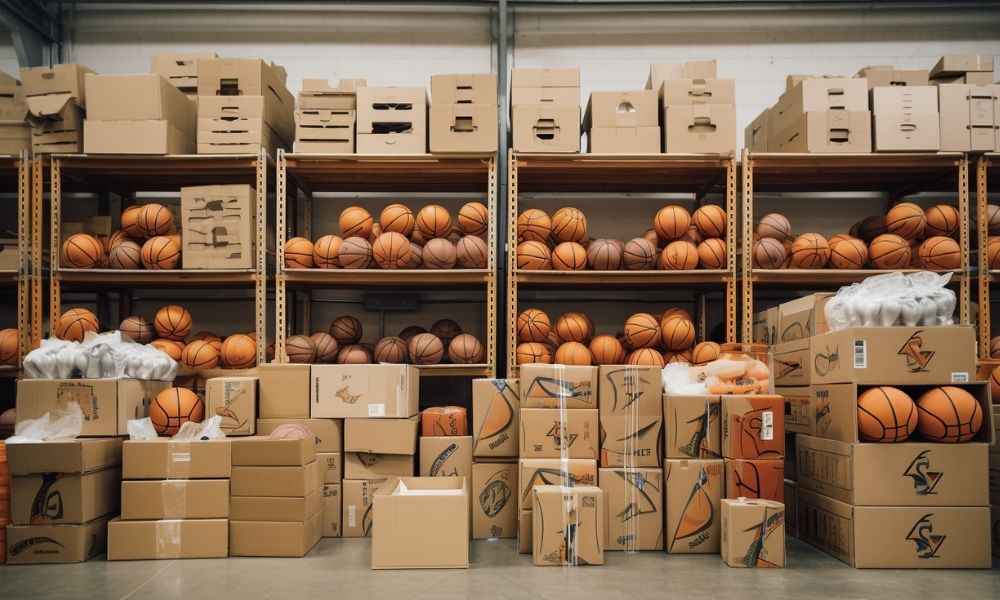
Commingling aims to enhance Amazon's fulfillment efficiency. But for sellers? It poses a risk. Your products might end up getting mixed with lower-quality items from less reputable sellers. This can result in issues like fraud and account suspensions.
Preparing products for FBA can be a bit of a chore. Amazon has specific rules about precise packaging and labeling criteria for items when they enter their warehouse. This process can be both time-consuming and tedious for you.
Like many business owners, you likely prefer having control over every aspect of your business, including your products. However, if you opt for Amazon fulfillment, you've got to give up some of that control.
All the packages Amazon fulfills come in boxes stamped with the Amazon logo. Even if you've got your product packaging dialed in, the first thing customers notice is that it's from Amazon.
Even if you use Amazon FBA for multi-channel fulfillment, your orders from other platforms still roll out in Amazon-branded boxes, not your own. So, you're kind of stuck with the Amazon brand front and center.
Because Amazon takes care of returns through FBA, sellers might notice a rise in return rates as customers find it easy to send stuff back on Amazon.
Some sellers have reported an uptick in the number or frequency of returns, partially attributed to Amazon's pretty relaxed return policy.
But here's the twist: Amazon used to get the returns first and then forward them to you. Now, they let returns come straight back to your place. So, while it's convenient, it might mean dealing with more returned items.
Amazon keeps its total returns under wraps, but you can bet they're pretty massive. According to the National Retail Federation, the average return rate for online purchases went up to nearly 21%, a jump from 18% in 2020.
Getting started with Amazon FBA is a breeze. Here's your step-by-step guide on how to do fulfillment by Amazon:
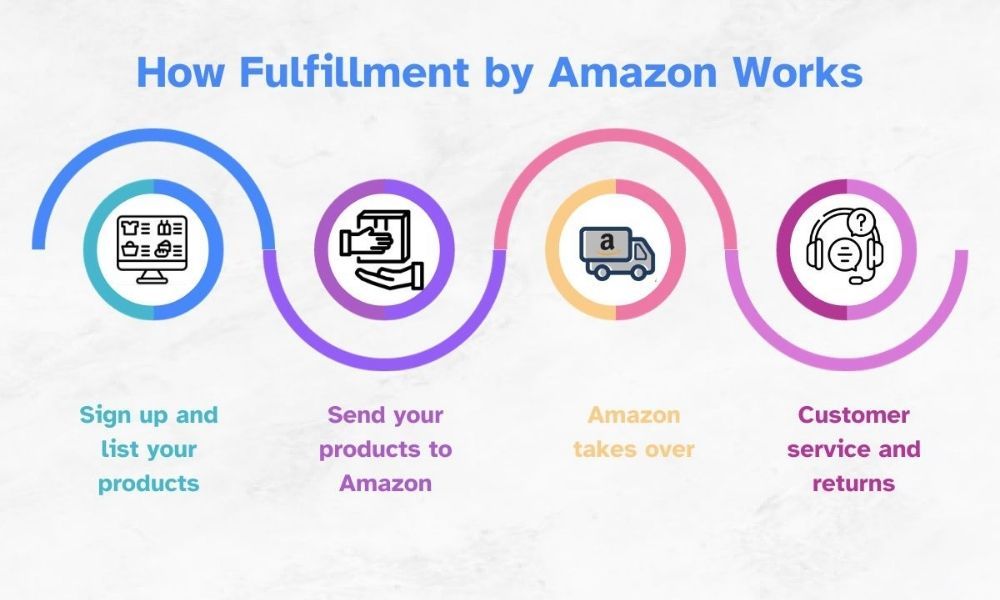
Alright, let's talk about the part everyone's itching to get to: how much is fulfillment by Amazon?
FBA fees are the costs sellers tackle when using Amazon's FBA service for the storage, packing, and shipping of their products. These fees include different aspects of the whole order fulfillment process and essentially compensate Amazon for doing the heavy lifting.
Now, here's the breakdown of the core FBA fees:
Before going into Amazon FBA, you must determine whether your items fall under the categories of dangerous or non-dangerous goods.
According to Amazon, dangerous goods or Hazmat are substances or materials that include flammable, pressurized, corrosive, or other potentially hazardous chemicals.
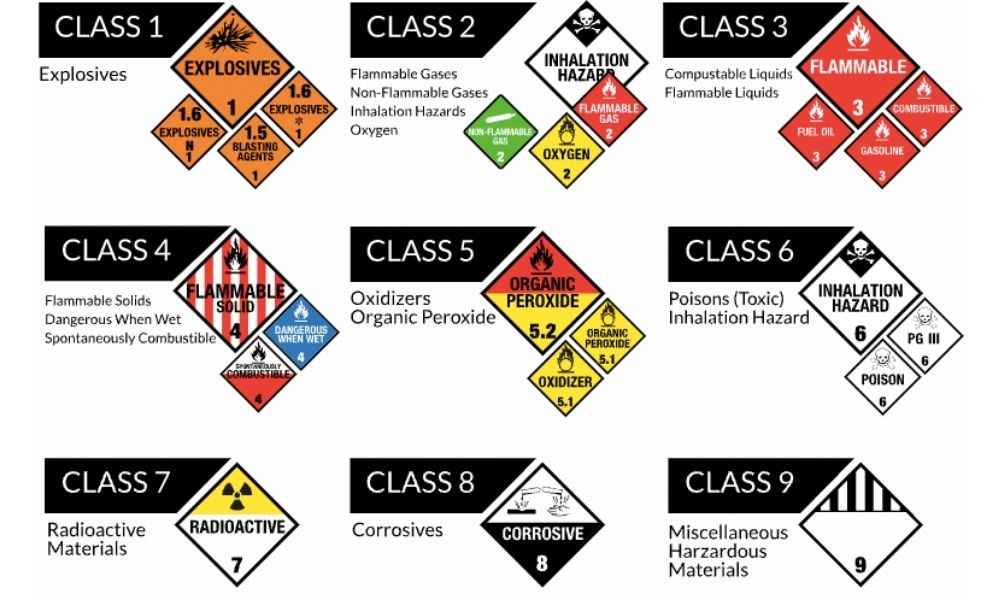
While explosives and weapons are prohibited, examples of permitted hazardous items include battery-operated lithium items and products with non-harmful chemicals or magnetic materials.
If your products are flagged as "dangerous", there will be a significant difference in costs compared to non-dangerous items, from fulfillment to storage fees.
Fulfillment fees include the cost per unit of picking and packing your orders, shipping and handling, customer service, and handling product returns. The fees vary based on the size and weight of the item.
There are three primary categories of FBA fulfillment fees including “Non-apparel”, “Apparel”, and “Low-Price FBA”. Each with corresponding pricing differences.
Non-apparel and Apparel
| Size tier | Max dimension | Shipping weight | Non-apparel | Apparel | ||
| Non-peak price | Holiday peak price | Non-peak price | Holiday peak price | |||
| Small standard | 15" x 12" x 0.75" | 4 oz to 16 oz | $3.22 - $3.77 | $3.42 - $3.97 | $3.43 - $4.15 | $3.63 - $4.35 |
| Large standard | 18” x 14” x 8” | 4 oz to 20 lb | $3.86 - $7.17 | $4.16 - $7.67 | $4.43 - $7.17 | $4.73 - $7.67 |
| Small oversize | 60" x 30" | 70 lb or less | $9.73 + $0.42/lb above first lb | $10.73 + $0.42/lb above first lb | $9.73 + $0.42/lb above first lb | $10.73 + $0.42/lb above first lb |
| Medium oversize | 108” (longest side) | 150 lb or less | $19.05 + $0.42/lb above first lb | $21.55 + $0.42/lb above first lb | $19.05 + $0.42/lb above first lb | $21.55 + $0.42/lb above first lb |
| Large oversize | 108” (longest side) | 150 lb or less | $89.98 + $0.83/lb above first 90 lbs | $92.48 + $0.83/lb above first 90 lb | $89.98 + $0.83/lb above first 90 lbs | $92.48 + $0.83/lb above first 90 lb |
| Special oversize | >108” (longest side) | Over 150 lb | $158.49 + $0.83/lb above first 90 lbs | $160.99 + $0.83/lb above first 90 lb | $158.49 + $0.83/lb above first 90 lbs | $160.99 + $0.83/lb above first 90 lb |
Low-Price FBA
If your product is priced below $10, you'll automatically get the Low-Price FBA rates.
| Size tier | Non-apparel | Apparel |
| Small standard | $2.45 - $3.00 | $2.66 - $3.38 |
| Large standard | $3.09 - $6.40 | $3.66 - $6.40 |
| Small oversize | $8.96 + $0.42/lb above first lb | |
| Medium oversize | $18.28 + $0.42/lb above first lb | |
| Large oversize | $89.21 + $0.83/lb above first 90 lb | |
| Special oversize | $157.72 + $0.83/lb above first 90 lb | |
Wondering about your FBA fees? Well, Amazon's got this handy tool called the FBA calculator. It does the math for you, considering things like a fixed closing fee based on the price, shipment charges depending on size, weight, or volume, fulfillment fees, pick and pack fees and storage fees.
Sellers incur a monthly storage fee per cubic foot of inventory, determined by the calendar month and daily average volume. The fees also differ based on the size tier of the product.
| Month | Standard-size | Oversize |
| January - September | $0.87 per cubic foot | $0.56 per cubic foot |
| October - December | $2.40 per cubic foot | $1.40 per cubic foot |
Inventory sitting in a fulfillment center for over 365 days incurs a monthly long-term storage fee (or aged inventory surcharge) besides the regular monthly inventory storage fee. They calculate this fee using a snapshot of your inventory on the 15th of each month.
For items aged 365 days or more, you're looking at an extra fee of either $6.90 per cubic foot or $0.15 per unit, whichever one ends up being more.
Successfully navigating the world of FBA depends on careful integration and thoughtful implementation. To get it right, there are some practical tips to keep in mind:
It's not necessary to go all-in at once. In fact, it's advisable not to. Amazon FBA involves costs for storage and warehousing, so it's wise to begin with a handful of items. This gradual approach lets you figure out what sells well, providing a smoother entry into different products as you go along.
Choosing the right products is a crucial step because you bet something will sell doesn't guarantee its success. Amazon is a competitive marketplace, and finding a niche with demand but manageable competition is key.

The most profitable products are those that avoid sitting in inventory for too long, allowing them to stand out even if they're not chart-toppers. Moreover, adding a unique selling proposition (USP) further distinguishes your product on Amazon's virtual shelves.
Once you've settled on a product, creating a good listing for it is vital for visibility. Be thoughtful from the smallest detail such as your product's title, description, and bullet points.
And don't forget to do keyword research and seamlessly incorporate relevant terms into your content. Then, make an ad campaign and promote your products.
Success in the long run with Amazon FBA relies on an adaptive strategy. Regularly assess your performance, keeping a customer-centric focus, and proactively addressing challenges and opportunities as they arise.
When your approach goes right, you’re more likely to win as nearly half (46%) of Amazon sellers experience an average success rate of 11-25% with Amazon FBA. What's even more promising is that 64% of them are likely to see profits within just a year.
>> Learn more: Can Amazon ship to Vietnam?
Using fulfillment by Amazon can be a fantastic tool for your business, but remember it's not a guaranteed cash cow. It's essential to monitor your financial metrics and tweak your FBA strategy as needed.
Whether you're a seasoned online seller or a newcomer to the digital marketplace, fulfillment by Amazon opens the door to a future where your business not only survives but thrives in the ever-evolving landscape of online commerce (of course when you use it smartly).
However, if cost is your top concern, looking for another fulfillment provider for your Amazon stores is the top choice.
EFEX excels in optimizing e-commerce order fulfillment, providing customized solutions with reasonable prices to enhance efficiency and customer satisfaction. Contact us today for a fulfillment experience that goes beyond expectations.


